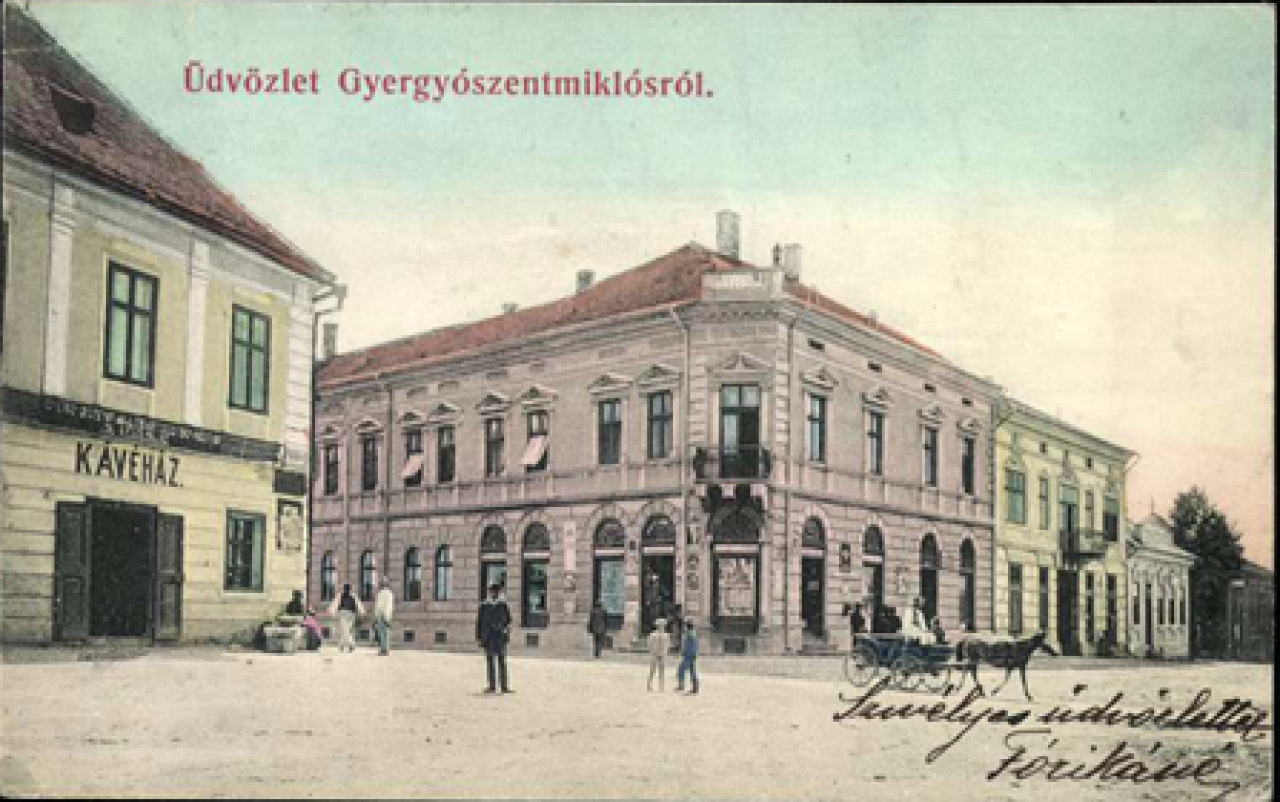
When I was a child, my grandmother always told me a lot about being Armenian. It was weird to me because we lived and actually still live the same way as the Szekler majority in my town, Gyergyószentmiklós (Gheorgheni, Transylvania). Years passed and while I was organising the pilot festival as the ULG coordinator of the Come in! Transfer Network I realized that many residents hiddenly cope with the same duality.
I first heard about URBACT in 2018, and in the same year I attended the Budapest100 community festival for the first time. At this event, dozens of residential houses open their doors for the public over a weekend, and residents tell stories about the house, themselves, and each other. I immediately realised that there would be lots of stories to be told in Gyergyószentmiklós, because my city seems average, but it has unique stories under the surface. Located in the corner of the Carpathians, several nations have been living here together over the centuries: Hungarians, Szeklers, Romanians, Jews and Armenians
My family lived in this house in 1891
Armenians in Gyergyószentmiklós
Armenians were relocated to Transylvania from Moldova in the 17th century bringing their wealth and culture. The first houses of the current city centre were built by them and the urbanization of the town was also initiated by them. Then, after living together for 350 years, they completely assimilated to the local population (Szeklers). According to official statistics there are no Armenians in my town, yet, a significant number of residents are proud of their Armenian origin.
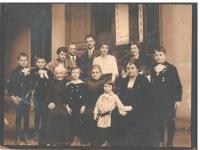
My great-grandfather in the middle as a young boy
Budapest100 and the URBACT
After 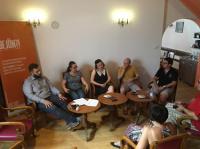
Transferring the good practice
Everyone 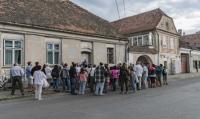
The community festival
There were a lot of obstacles during the preparation, but the ULG overcame all of them, and on September 7, 2019, ULG members organised a successful event that really moved the city. Nearly 500 participants were curious about exploring the hidden treasures of the town. Both physically and emotionally. After all, this small company touched on a sensitive topic. There were those who came to learn and there were those who remembered. To see the buildings in some places in ruins that were taken from their grandparents against their will. Yet most of them went out to the community festival because they wanted to discover the built value that surrounds them every day. We see the success of the event in the fact that locals talked about it on the streets for weeks.
"That's how we should talk about the built heritage. Because this way is not boring" -Köllö Miklós, architect.
The team was also prepared to learn more from the experience in 2020 with even greater enthusiasm. And then came Covid-19.
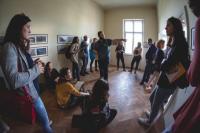
Me telling my story during the festival in 2019 for Come in! partners
After being frozen during the lockdown for weeks, we finally launched a Facebook group entitled as "Gheorgheni from My Window" where residents could upload photos taken from their windows.
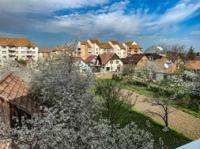
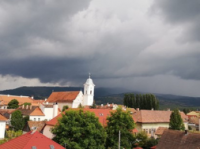
Photos from the Facebook group
We drew attention to the importance of the built environment this way. The group is still very popular, it has 2400 members and more than 5000 shared photos. But the hope that we can celebrate the built heritage of my town together again has not passed and we are ready to continue.
Conclusion
Being part of “Come in! Network” was the focal point for me, realizing that every story around me is interesting. During the transfer, I was able to discover how important stories of people and houses are. If you are reading this article, please tell a story about yourself, your house or your city to your friends, children or grandkids, because these personal stories linked to a locality can even serve the basis of a community festival years later, just like it happened to me.
István Elekes
